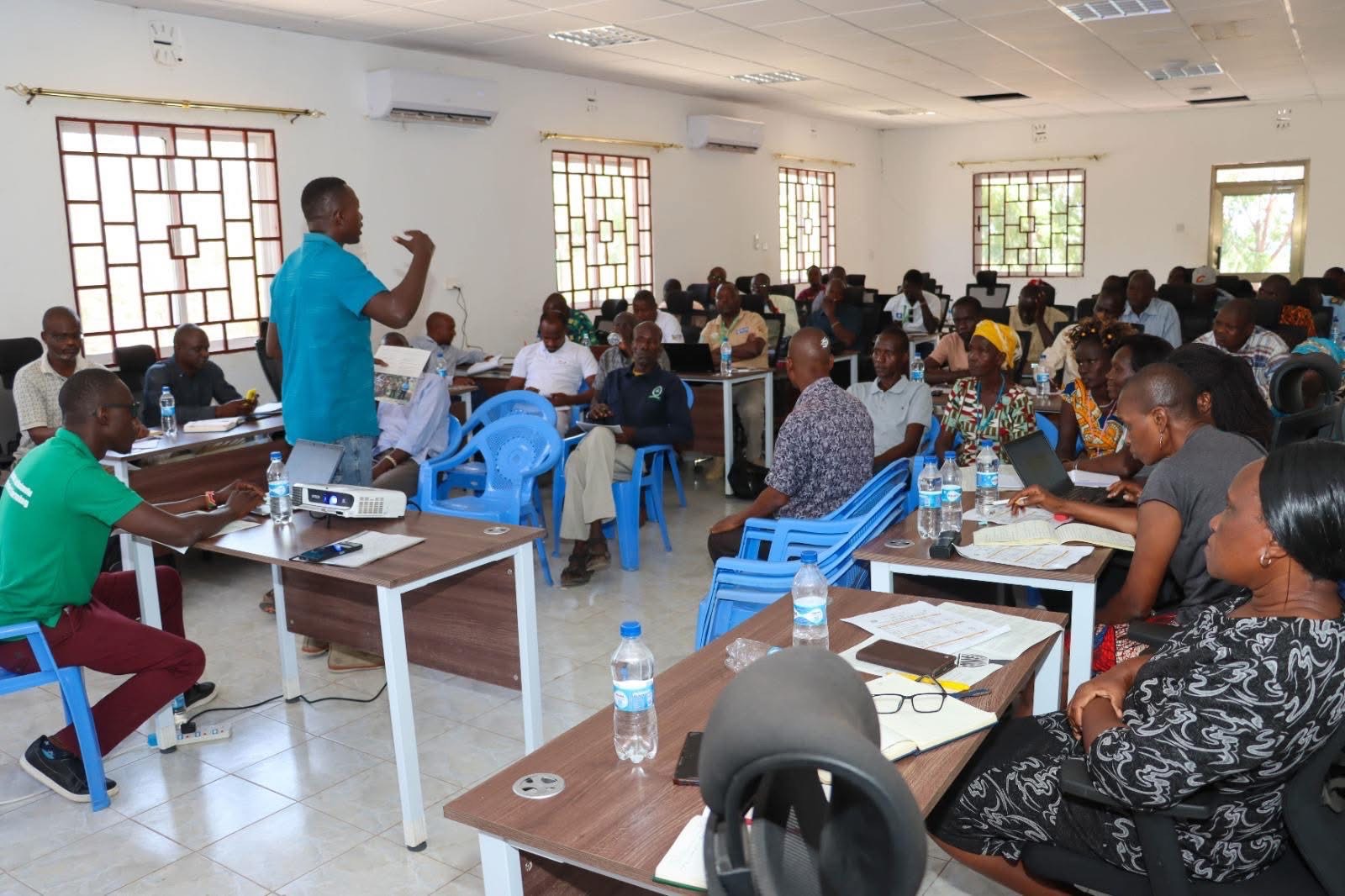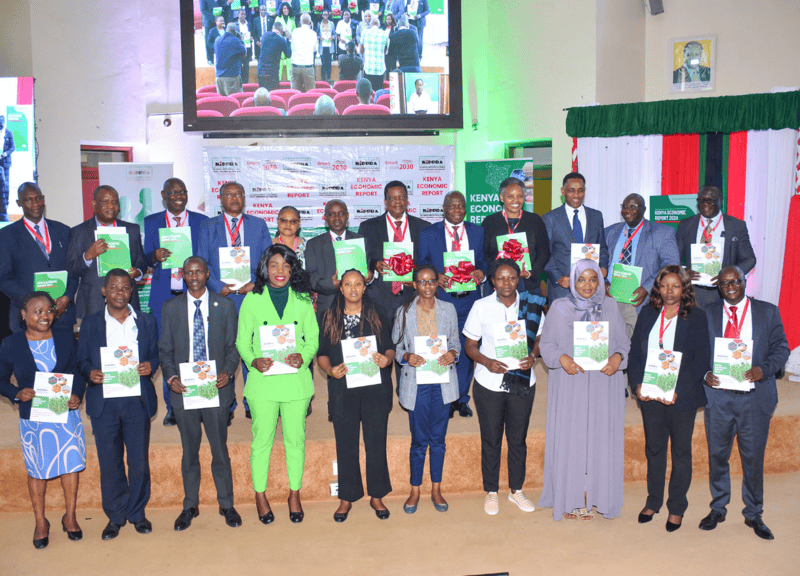Auditor General gains real-time access to monitor national debt as Treasury launches new system

Kenya’s rollout of the system comes amid growing pressure for better public scrutiny of national debt, with many questioning the high cost of loans and the limited access to debt data.
Kenya has launched a new era of debt transparency, giving Auditor General Nancy Gathungu real-time access to national borrowing and repayment records in a sweeping move to boost public financial oversight.
The Treasury is plugging the Commonwealth Meridian system into its financial platforms, Integrated Financial Management Information System (IFMIS) and the Central Bank’s core systems to create a live, centralised view of Kenya’s entire debt portfolio.
More To Read
- Counties face stricter budget rules under new Bill
- Auditor General’s report prompts probe into Kenya School of Government finances
- NCIC commissioners earned full-time salaries in violation of court order, audit reveals
- Audit uncovers massive drug theft in county hospitals
- EPRA under fire for Sh20m advance payment on vehicles still in production
- MPs raise alarm over NOCK's financial collapse in face of Sh3 billion Rubis loan
“The government is keen on sustaining transparency and improving efficiency in public debt service. To this end, the National Treasury is in the process of integrating the Commonwealth Meridian Debt Management System with IFMIS and the core banking systems of the Central Bank of Kenya,” Treasury Cabinet Secretary John Mbadi said.
The Meridian system, developed by the Commonwealth Secretariat, helps countries manage their public debt in real time, supporting better decisions on borrowing costs, debt sustainability, and risk management. By 2023, at least 41 countries, including Nigeria and Ghana, had adopted it.
Kenya’s rollout of the system comes amid growing pressure for better public scrutiny of national debt, with many questioning the high cost of loans and the limited access to debt data.
The transparency of Kenya’s debt register has faced criticism, especially over expensive loans from both local and foreign markets.
Currently, debt records are maintained by the Public Debt Management Office within the Treasury, which issues periodic reports to the public and stakeholders.
But the new integration with IFMIS and CBK will allow accounting officers in national and county governments to see debt data as it happens.
These include principal secretaries, heads of state agencies and county finance chiefs, who already use IFMIS for budgeting, procurement and payments.
The system will also give public offices instant insight into who is being paid, when payments are made, and the terms tied to each loan, enhancing oversight and accountability at all levels of government.
Concerns over the cost of Kenya’s debt have intensified, especially around so-called concessional loans.
In February last year, Controller of Budget Margaret Nyakang’o told Parliament’s Public Debt and Privatisation Committee that concessional loans were not always as affordable as believed.
“Our analysis has revealed that the average interest paid on concessional loans has averaged 14.5 per cent for many years, which is not cheap by any standards. Most of the so-called concessional loans might be very expensive in the long run and with a low impact in terms of economic development,” Nyakang’o said.
Officials expect the Meridian system to improve debt service transparency, reveal loan cost structures, and help ensure that disbursements match sound debt management standards.
As of March 2025, Kenya’s public debt stood at Sh11.36 trillion, up from Sh10.58 trillion in June last year.
The government spent Sh1.2 trillion on debt repayment over the nine months to March, with domestic loans accounting for more than 60 per cent of that amount, or Sh729.45 billion.
Top Stories Today













































